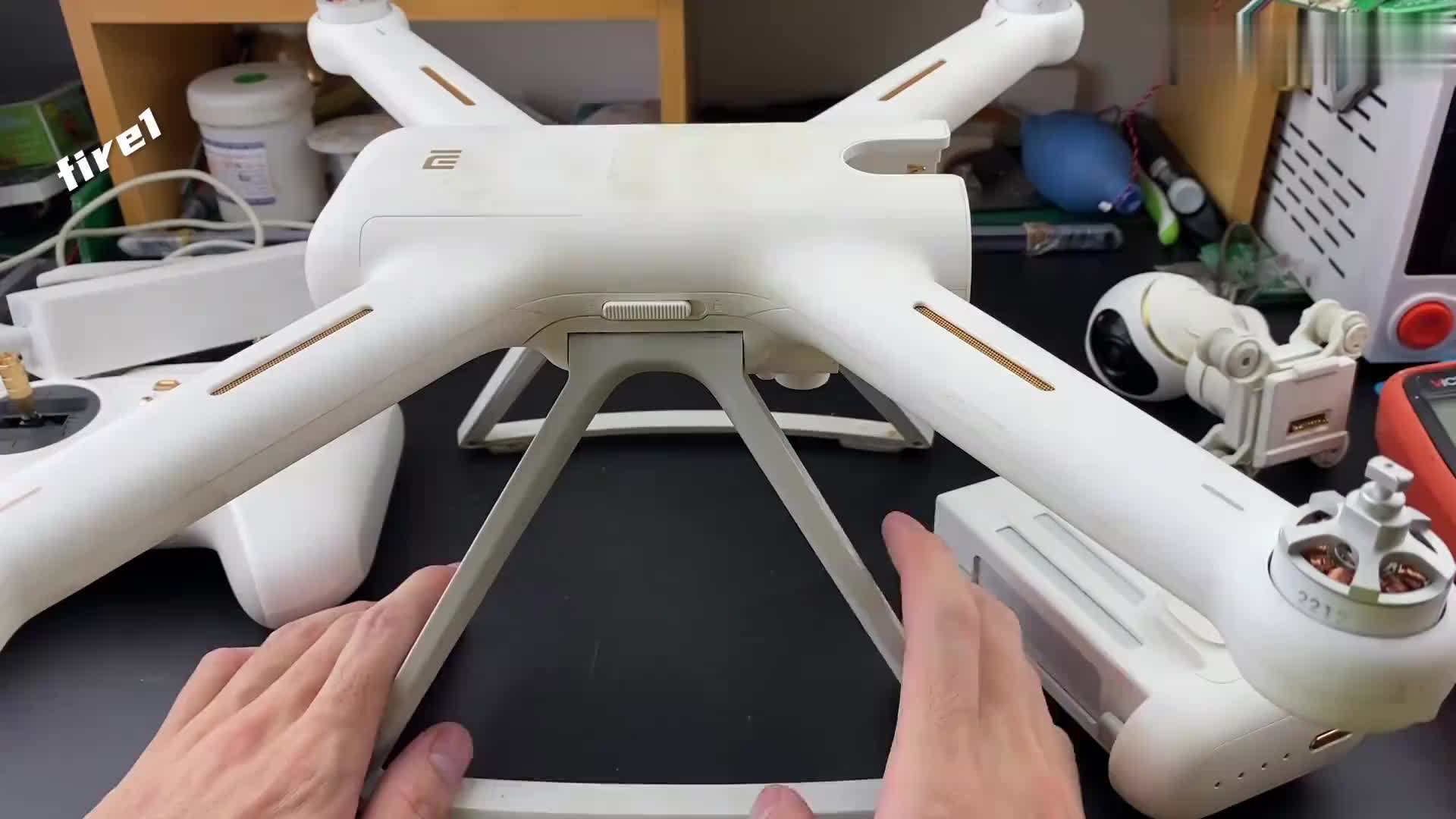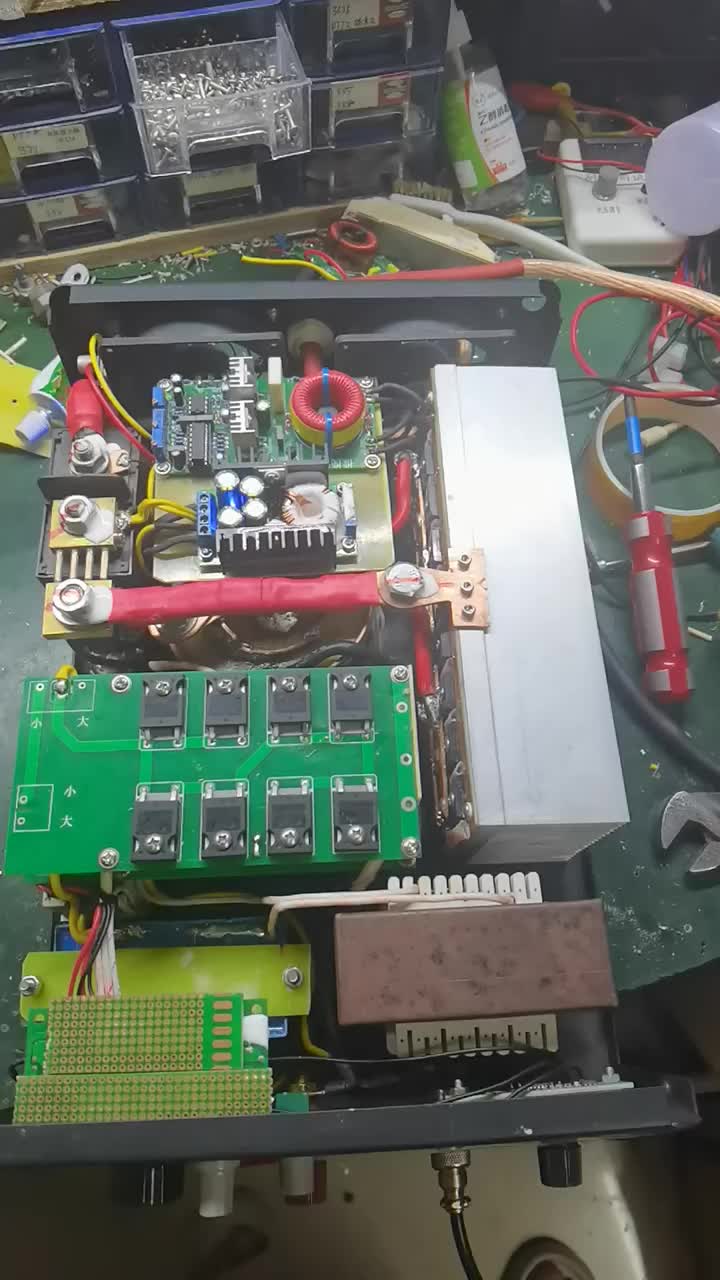Alternatives to the DS1994L 4Kb Plus Time Memory iButton
Abstract: The DS1994L was manufactured in a Maxim 6-inch wafer fabrication facility using a manufacturing process that eventually became outdated and unsustainable. Therefore, in light of the prohibitive development cost of moving the older device to a newer manufacturing process, Maxim performed a last-time build of the DS1994L and is encouraging all customers of this device to plan for alternatives.
Introduction
With its unusual feature set the DS1994L 4Kb Plus Time Memory iButton can be used in a large variety of applications. This application note first lists the features and applications of the DS1994L and then identifies alternative devices that can match them. Subsequently, the alternatives are discussed in more detail.
DS1994L Features
The DS1994L includes NV-SRAM, an RTC counter, an interval time counter, a cycle counter plus alarm registers for the RTC, interval time counter, and cycle counter. The interval time counter can operate in manual mode or automatic mode. In manual mode, the counter is started and halted under software control; in automatic mode, the counter runs as long as voltage is applied to the 1-Wire? port. The cycle counter increments when the voltage at the 1-Wire port is removed. In this way, the DS1994L automatically counts the power-on/off cycles and the operating time of the equipment in which it is installed. The DS1994L can generate an alarm when any of its counters reaches the value in the corresponding alarm registers.
Irreversible individual write protection for the three counters with their alarm registers makes the DS1994L suitable for applications such as an expiration timer for software licenses or as a time-limited access token. These two applications benefit from the user-programmable feature that can block access to the memory once an alarm has occurred. This combination of features allows the DS1994L to be used in many applications, as shown in Table 1. For some applications devices do exist that can function as alternative after some software updates.
Table 1. DS1994 Applications
| ? | Alternative Devices | |||
| DS1994 Application | DS1904L | DS1904L with DS1993L | DS1921G | DS1922L |
| RTC module/token |  |
 |
 |
 |
| RTC with memory module/token | — |  |
 |
 |
| Data token (NVSRAM) | — |  |
 |
 |
| Equipment on/off cycle counter with service alarm | — | Extra SW1 | Extra SW1 | Extra SW1 |
| Equipment operating time counter with service alarm | Extra SW2 | Extra SW3 | — | — |
| Equipment scheduled service timer with alarm | — | Extra SW4 |  |
Extra SW4 |
| Secure time-limited access token | — | — | — | Extra SW5 |
| Secure software license token with expiration timer | — | — | — | — |
Legend/Notes
 Alternative device is a functional replacement, but requires some software adaptation.
Alternative device is a functional replacement, but requires some software adaptation.— Alternative device is not a functional replacement.
1. Alternative device requires a counter to be created in memory under software control.
2. Alternative device is a functional replacement, if the RTC counter is started/halted under software control. The service alarm requires spare memory for the reference value. Comparing the RTC counter value to a reference value stored in memory generates the alarm.
3. Alternative device is a functional replacement, if the RTC counter is started/halted under software control. Comparing the RTC counter value to a reference value stored in memory generates the alarm.
4. Alternative device is a functional replacement, if the RTC value is compared under software control to a reference value stored in memory. This approach does not use any security measure.
5. Alternative device is a functional replacement, if the RTC value is compared under software control to a reference value stored in memory. This approach uses password security.
The Alternatives
Unfortunately, there is no single replacement device that includes all the DS1994L features. However, there are devices that share some functions with the DS1994L. Moreover, many of the DS1994L's applications can be served by an alternative device if firmware changes are made to support their different feature sets. Table 2 compares the functionality of these alternative devices to the DS1994L.
Table 2. Comparing the Alternatives
| ? | ? | Alternative Devices | |||
| Characteristic | DS1994L | DS1904L | DS1904L with DS1993L | DS1921G | DS1922L |
| RTC format | 40b binary counter | 32b binary counter | 32b binary counter | BCD: seconds, minutes, hours | BCD: seconds, minutes, hours |
| RTC resolution | 1/256 second | 1 second | 1 second | 1 second | 1 second |
| Calendar | Software algorithm | Software algorithm | Software algorithm | BCD: day of week, date, month, year | BCD: date, month, year |
| Interval timer | 40b binary counter, resolution 1/256 second | — | — | — | — |
| Cycle counter | 32b binary | — | — | — | — |
| RTC alarm | Yes, using conditional search ROM | — | — | Yes, using conditional search ROM | — |
| Interval timer alarm | Yes | — | — | — | — |
| Cycle counter alarm | Yes | — | — | — | — |
| User memory | 512B | — | 512B | 512B | 512B |
| Security | Irreversible write protection of RTC counter and alarm register, interval timer and alarm register, cycle counter and alarm register | — | — | — | Two 64b passwords (one for read, one for full access). |
| Extras | ? User-programmable memory access blocking upon alarm ? Interrupt signaling upon alarm (an uncommon feature) |
— | — | ? Temperature logger with 2KB logging memory, temperature histogram, and temperature alarm recording ? Temperature alarm |
? Temperature logger with 8KB logging memory ? Temperature alarm |
DS1904L
The DS1904L RTC iButton is an RTC counter in an iButton package. Instead of a 5-byte counter with 256 increments per second, the DS1904L has a 4-byte counter that increments every second. Except for the time resolution, the DS1904L is functionally compatible to the RTC counter of the DS1994L. The algorithm to convert the counter reading to a conventional time/date format and vice versa is the same as with the DS1994L (See application note 517, "DS1371/DS1372/DS1374 32-Bit Binary Counter Time Conversion."). At approximately half the cost of the DS1994L, the DS1904L is an alternative for the most basic application, which is a real-time counter. To measure equipment operating-time, the DS1904L needs help from a microcontroller that starts the RTC oscillator whenever the equipment powers up and halts the oscillator when the equipment shuts down. This approach, however, prevents the RTC counter from showing the correct time.
DS1904L with DS1993L Module
A module that combines the DS1904L and the DS1993L 4Kb Memory iButton as a 1-Wire device cluster can realize the RTC counter function and the memory of the DS1994L. Major missing functions are the interval timer, cycle timer, and the three alarm functions. Depending on the application environment, these functions can be implemented in software. As with the DS1904L alone, this modular approach prevents the RTC counter from showing the correct time. Besides the two iButtons, the module contains two DS9094-SM5 Surface-Mount iButton Clips and one DS9092R iButton Port, which are mounted on a printed circuit board. Due to the additional electromechanical components, the cost of the DS1904L/DS1993L module is higher than the cost of the DS1994L.
DS1921G
The DS1921G Thermochron? iButton shares the memory, RTC, and RTC alarm with the DS1994L. The RTC and related alarm, however, use a BCD format that counts seconds, minutes, hours, date, month, and year. This format is convenient for RTC alarm applications since the conversion from seconds count to conventional time/date format is not needed. Conversely, this format is impractical when trying to use the RTC of the DS1921G as a counter of equipment operating time.
Besides the functions common with the DS1994L, the DS1921G implements a stand-alone temperature logger with temperature histogram and temperature alarm function. These additional features raise the cost of the DS1921G above that of the DS1994L. The DS1921G, therefore, may be an alternative if the cost-versus-benefit ratio is appropriate. Additionally, the temperature logger function can be used in the application.
DS1922L
The DS1922L Temperature Logger iButton with 8KB Datalog Memory shares the memory and RTC (without alarm) with the DS1994L. The RTC, however, uses a BCD format that counts seconds, minutes, hours, date, month, and year. This is convenient for RTC alarm applications since the conversion from seconds count to conventional time/date format is not needed. Conversely, this format is impractical when trying to use the RTC of the DS1922L as a counter of equipment operating time.
Besides the functions common with the DS1994L, the DS1922L implements a stand-alone temperature logger with temperature alarm function and password security. These additional features and the large data-logging memory raise the cost of the DS1922L above that of the DS1994L. The DS1922L, therefore, may be an alternative if the cost-versus-benefit ratio is appropriate. Additionally, the temperature logger and/or password security functions can be used in the application.
Summary
The DS1994L has no drop-in compatible replacement device. Nonetheless, devices do exist that can function as reasonable alternatives for many of the typical DS1994L applications. In any case, software adaptations are necessary. The most basic alternative is the DS1904L, which lacks the 4Kb memory. A module consisting of a DS1904L, DS1993L, two DS9094-SM5 clips, and a DS9092R iButton Port provides the RTC function and the 4Kb memory, but is somewhat higher in cost than the DS1994L. The DS1921G and DS1922L provide almost the same versatility as the DS1904L/DS1993L module, but include additional temperature-logging capabilities that make them a more costly alternative.
 電子發(fā)燒友App
電子發(fā)燒友App


























評(píng)論